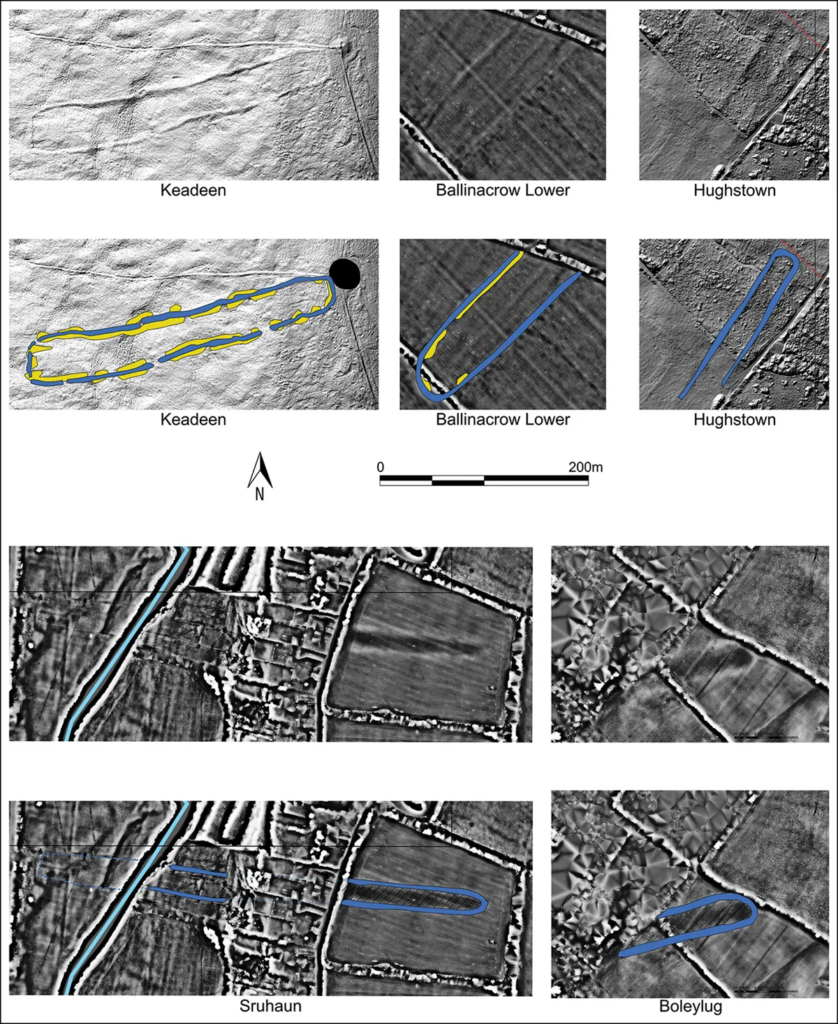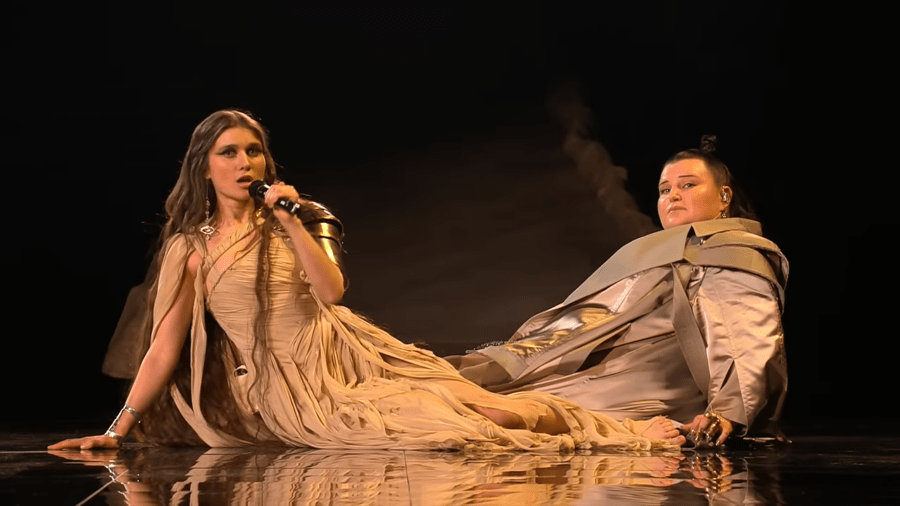A cluster of five massive Stone Age structures in County Wicklow, Ireland, may have been built as a means of delineating the path by which the souls of the dead ascend to the eternal realm. Known as cursus monuments, these structures are extremely rare in Ireland but relatively common in Great Britain, although archaeologists do not yet fully understand their function.
Consisting of two elongated trenches or lines of wooden posts, course monuments usually extend from 100 to 350 meters (328 to 1,150 ft), but can sometimes reach an incredible 10 kilometers (6,2 mi) in length. Appearing in the Neolithic era, they have been found within some of Europe's most famous prehistoric sites, including Stonehenge.
In Ireland, however, monuments of the cursus are few, only isolated isolated pairs found here and there. However, in 2022, researchers used laser remote sensing technology to discover the country's first known cluster of coursers, consisting of five separate monuments at a site called Baltinglass.
Describing the ancient quintet in a new study, James O'Driscoll of the University of Aberdeen explains that because the cursus monuments are largely devoid of internal features or artefacts, they are considered to be among "the most enigmatic prehistoric sites in Ireland and Britain".
In Baltinglas, however, the italic cluster has several key characteristics that may provide some clues as to its function. For example, four out of five monuments are oriented to major solar events: two of them are oriented to the sunrise on the day of the summer solstice, and another pair to the sunrise on the day of the autumn equinox.
Three of the monuments are also aligned with substantial burial complexes that cannot be seen until you step outside the curve, a design feature that O'Driscoll believes may have been intentional.

Reflecting on how the colossal structures could have been used, the author suggests that funeral processions could have advanced along each of the course's monuments before placing the dead in one of the burial mounds. Thus, "the course could physically outline the final path of the dead, where they left the land of the living and joined their ancestors beyond the visible horizon."
Developing his theory, O'Driscoll states that "the sunrise directly behind these burial complexes, if viewed from within the cursor at important times of the year, may have symbolized the deceased's final journey from the land of the living to heaven."
"Thus, the curse can emphasize the symbolic connections and paths that connected the living and the dead," he concludes.


 940
940












